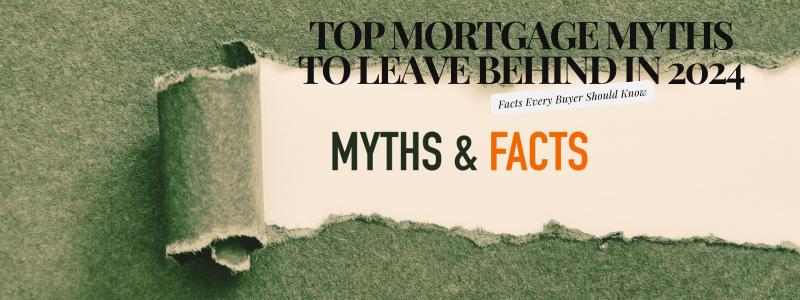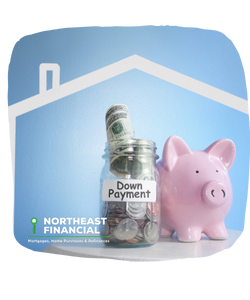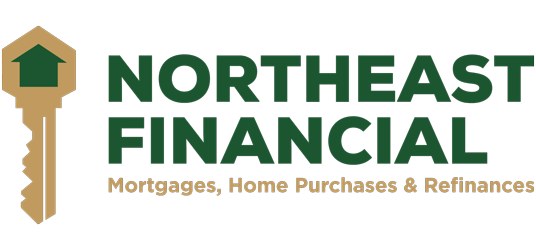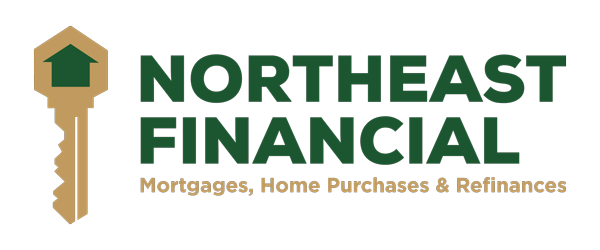
Entering the homebuying process is exciting, but it can also be confusing, especially with so many misconceptions about mortgages. Understanding the realities behind common myths can help you make informed decisions and approach your mortgage journey with confidence. Here are some of the most persistent mortgage myths to leave behind in 2024.
 Myth 1: “You Need a 20% Down Payment to Buy a Home”
Myth 1: “You Need a 20% Down Payment to Buy a Home”
For years, it’s been widely believed that a 20% down payment is necessary to secure a mortgage. While putting 20% down can save on private mortgage insurance (PMI) and reduce monthly payments, it’s not a requirement. Many lenders offer mortgages with much lower down payments—some as low as 3%, and certain loans, such as VA loans for eligible veterans, even offer zero-down payment options.
Fact: Depending on your financial situation and loan program, you can qualify for a mortgage with less than 20% down, making homeownership accessible to a broader range of buyers.
Myth 2: “Only People with Perfect Credit Can Get a Mortgage”
While having good credit can lead to better loan terms and lower interest rates, you don’t need a perfect score to qualify for a mortgage. Many loan programs are designed for buyers with a wide range of credit scores, including FHA loans, which are often accessible to borrowers with fair credit.
Fact: Mortgage options are available for various credit levels. While a higher score can save you money, don’t let an imperfect score stop you from exploring homeownership opportunities.
Myth 3: “Renting is Cheaper than Buying a Home”
Many people assume that renting is more affordable than buying. However, this depends on factors like location, current rental rates, and your mortgage interest rate. With rising rents in many areas, buying a home can sometimes be the more affordable option over the long term, especially when factoring in the potential for home equity growth and tax benefits.
Fact: Buying may offer long-term financial benefits, such as building equity and the potential for property appreciation. For many, homeownership can be a wise investment rather than a simple expense.
Myth 4: “Pre-Qualification is the Same as Pre-Approval”
While both pre-qualification and pre-approval involve evaluating your financial situation, they are not the same. Pre-qualification is an initial estimate based on self-reported information, giving you a rough idea of what you might be able to borrow. Pre-approval, on the other hand, is a more thorough process in which lenders verify your financial details, resulting in a stronger indication of how much you can actually borrow.
Fact: Pre-approval carries more weight with sellers and real estate agents. It shows that you’re a serious buyer with verified financial backing, giving you an advantage in competitive markets.
Myth 5: “You Should Always Go with the Lowest Interest Rate”
While a low interest rate is certainly important, it’s not the only factor to consider. Some loans with lower rates might have high fees or unfavorable terms. A slightly higher rate with lower fees or a more flexible repayment schedule may actually save you more in the long run.
Fact: Compare all loan costs, not just the interest rate. Consider factors such as fees, loan terms, and flexibility. Working with a knowledgeable mortgage advisor can help you evaluate your options effectively.
 Myth 6: “You Can’t Buy a Home with Student Loan Debt”
Myth 6: “You Can’t Buy a Home with Student Loan Debt”
Many people believe that carrying student debt disqualifies them from getting a mortgage. While student loan debt is part of your overall debt-to-income (DTI) ratio, it doesn’t automatically prevent you from buying a home. Lenders will look at your full financial picture, including income and other expenses, to determine eligibility.
Fact: Plenty of homeowners also carry student loan debt. By managing debt responsibly and working within your budget, you can qualify for a mortgage even with student loans.
Myth 7: “A 30-Year Fixed Mortgage is Always the Best Choice”
While a 30-year fixed mortgage is popular for its predictability, it’s not the best choice for everyone. Adjustable-rate mortgages (ARMs), 15-year fixed loans, and other options may be a better fit depending on your financial goals and how long you plan to stay in the home.
Fact: Mortgage options vary, and each has pros and cons depending on your situation. Exploring different mortgage types with your lender can help you find the right match for your needs.
Myth 8: “You Should Wait Until Rates Drop Before Buying”
While interest rates are an important factor, waiting indefinitely for a perfect rate could mean missing out on a home that suits your needs and budget. Even with higher rates, refinancing options in the future may offer flexibility if rates drop.
Fact: Instead of waiting for a “perfect” rate, consider your readiness and financial stability. If you find a home that fits your budget, buying now could be beneficial over waiting and potentially facing rising home prices.
Final Thoughts
Buying a home is a big decision, and understanding the truth behind these mortgage myths can help you make informed choices. Ready to learn more or explore your mortgage options? Contact our team at Northeast Financial to discuss how we can guide you through every step of the homebuying process. Leave these myths in 2024 and enter the new year equipped for a successful homeownership journey!

